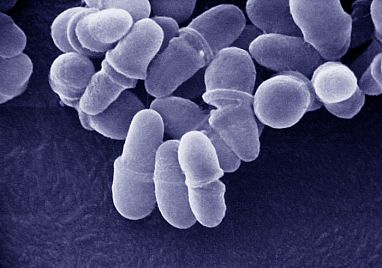
What exactly is black fungus, and what can be done to combat the rise of this condition alongside Covid-19? Abi Millar finds out.
In May, just as the Delta variant of Covid-19 was ripping its way through India, we began to hear reports of a second epidemic. Mucormycosis, otherwise known as ‘black fungus’, was affecting thousands of patients in India who had also been afflicted with Covid-19.
Normally very rare, mucormycosis is caused by inhaling mucor mould spores, found in soil and vegetation. While these spores don’t typically cause infection, vulnerable people – such as those with reduced immune function – may develop a debilitating array of symptoms.
The fungus colonises blood vessels, which can lead to tissue death and a loss of oxygen supply. Left untreated, mucormycosis has a fatality rate of 50% or more.
As case numbers began to pick up, the Indian government ordered tighter surveillance of the infection. By late June, 40,845 mucormycosis cases had been reported, most of which affected the nasal passages, brain, and sinuses. The overwhelming majority of patients (85.5%) were recovering from Covid-19 and more than 3,000 had died.
Meanwhile, the Drugs Controller General of India gave the nod to five pharmaceutical companies to manufacture Amphotericin B.
An anti-fungal drug, administered by intravenous infusion, it is the preferred therapy for mucormycosis and can make a difference if administered at an early stage. If caught late, patients may require invasive surgery in order to save their lives.
Read more...







